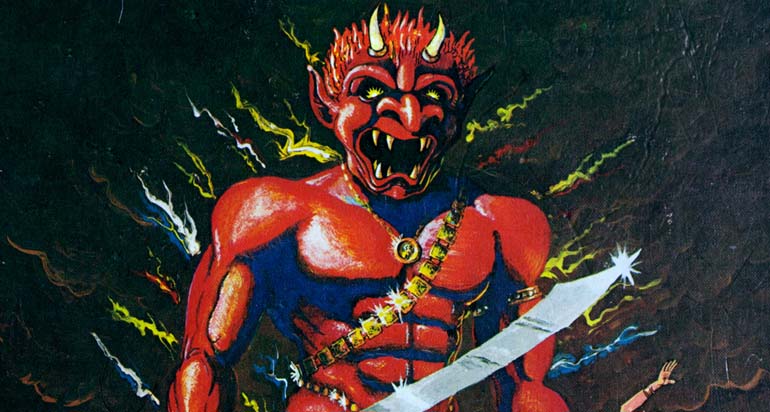On title page of the Dungeon Masters Guide, released in 1979, is a subtitle: A Special Reference Work. There is no truer statement.

There are two polarities of early Dungeons & Dragons. The Arneson/Holmes/Moldvay pole sought looser rules and a more improvisational play style. Gygax, on the other hand, wanted a rule for every situation that might arise. Although the book is massive and features fairly small printer, there are limits to how comprehensive 240 pages can be. The result is an idiosyncratic portrait of Gygax’s priorities.
A lot of it makes sense. Clerics will likely need holy water, so there should be rules for how to make it. A lot if doesn’t (weapon speed). Why are there A lot of it is odd, like this quote, which constitutes an entire section listed in the table of contents, “It is important for DMs to remember that in order to be reflective, a mirror must have a light source.” There are contradictions, like the assassin’s poison ability vs. Gygax’s thoughts on the place of poison in a campaign. There’s the wonderfully quirky, like the amazing random dungeon generator.
I think that, while players get to be warriors and wizards and what have you, the point of first edition DMs is to roleplay Gygax himself, as accurately as the Dungeon Masters Guide makes possible.
The cover is another David C. Sutherland III effort, this time depicting combat with an ifrit. The back cover is a view of the City of Brass (note the Toys R Us price tag). It is overall an under-illustrated book, mostly featuring small spot illustrations of adventurers in sticky situations. The rust monster cartoon I reproduce here is a favorite; a weird one is the displacer beast corpse on page 223 (killed by blink dogs?). The most notable is Dave Trampier’s full-page illustration of Emirikol the Chaotic. If Helen of Troy launched a thousand ships, Emirikol filled the head of a thousand DMs with ideas.




